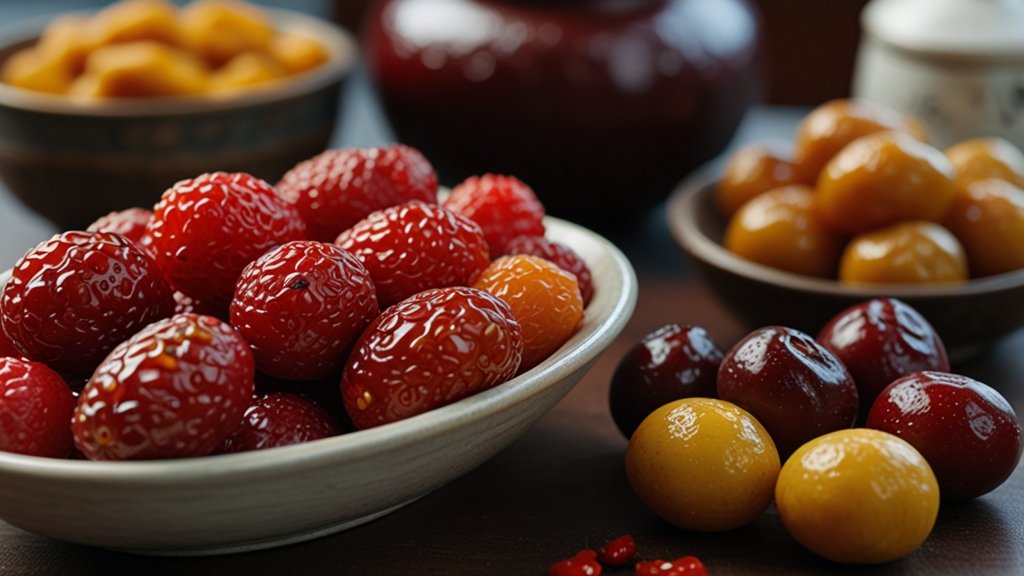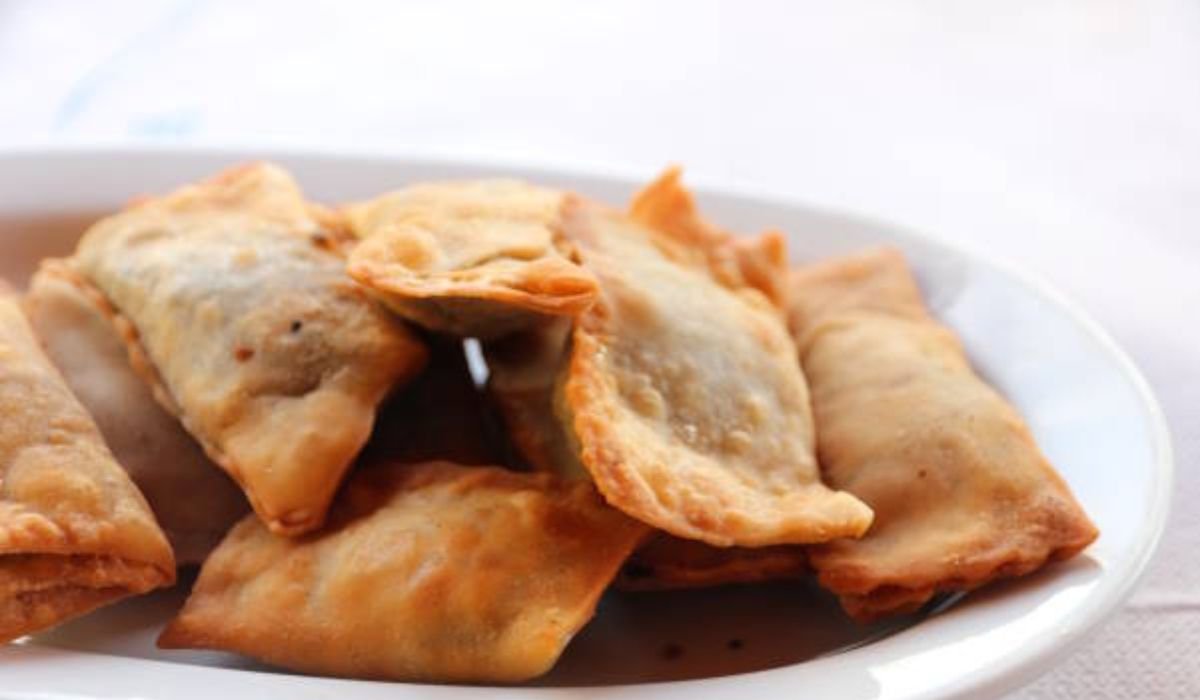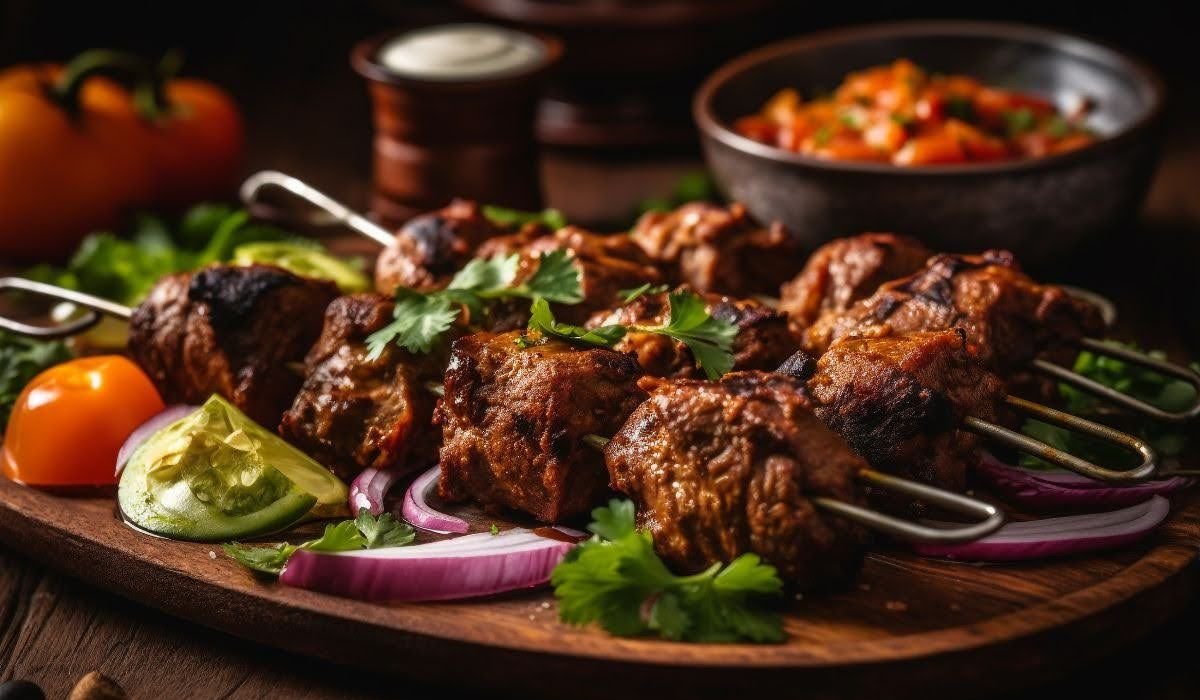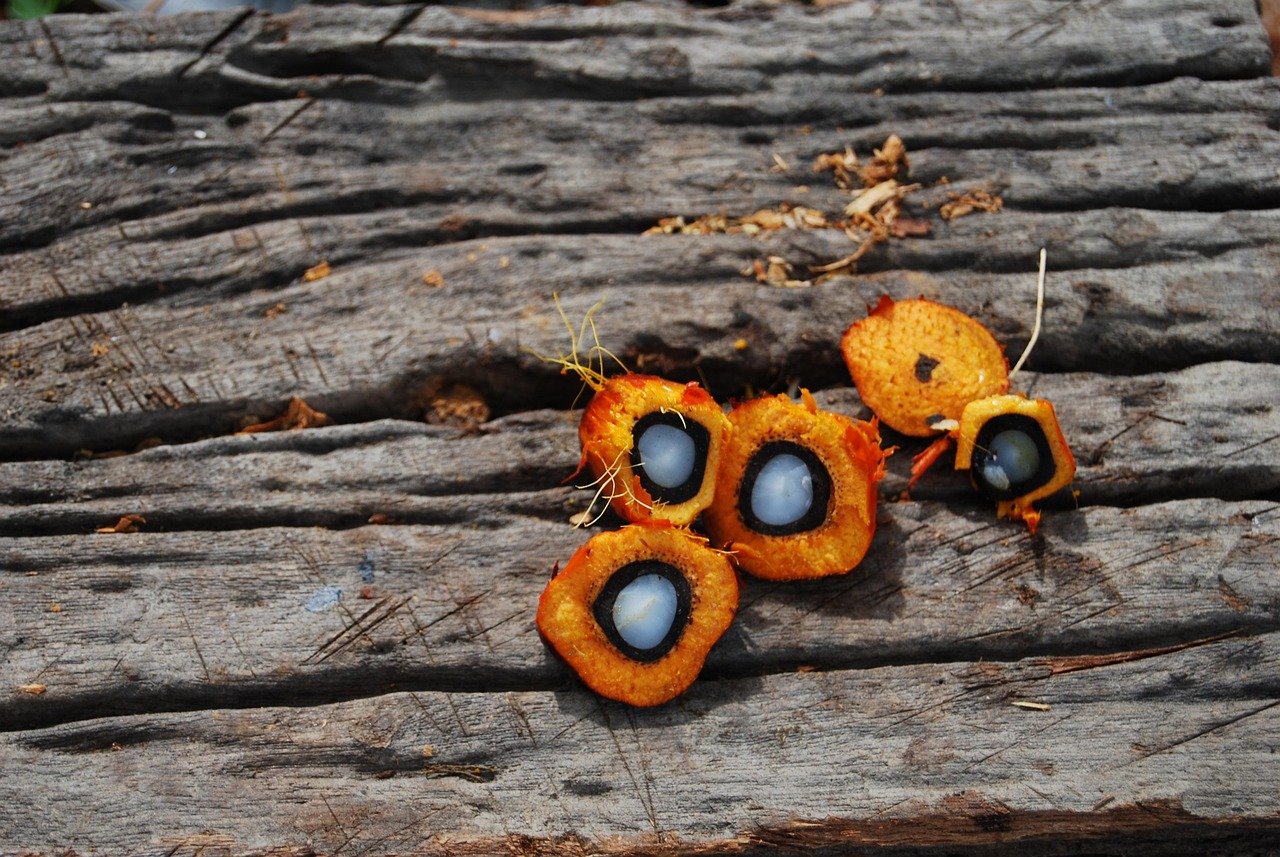What if I told you a humble, wrinkled fruit has been a cornerstone of health and culture across continents for over four millennia? Meet the žižole (pronounced zhi-zhoh-lay), nature’s ancient candy and a powerhouse of wellness. Often overlooked in Western supermarkets, this little drupe – also known as jujube or Chinese date – boasts a legacy longer than the Great Wall and benefits that modern science is only now fully appreciating. Forget fleeting superfood trends; the žižole offers timeless nourishment.
From Ancient Orchards to Your Kitchen: The Žižole’s Epic Journey
A Fruit Steeped in History
Archaeologists have unearthed evidence placing žižole cultivation firmly in China over 4,000 years ago. But its journey didn’t stop there. Along bustling Silk Road trade routes, this resilient tree traveled west, finding fertile ground and cultural significance in Persia, the Mediterranean basin, and beyond.
- East Asia: In China, the žižole is deeply woven into tradition. It’s not just food; it’s a symbol of prosperity and good luck, often used in festivals and traditional medicine (TCM). Korean and Japanese cultures also cherish it for its sweet flavor and health properties.
- Middle East & Mediterranean: Known as “Annab” or “Unnab,” the žižole became a staple in Persian, Arabic, and later Greek and Roman diets. It features prominently in ancient herbal texts like those by Dioscorides for its soothing properties.
Botanical Backstory
Scientifically Ziziphus jujuba, the žižole tree is surprisingly hardy. It thrives in arid and semi-arid climates, tolerating drought and poor soils where many fruits fail. The fruit itself starts green, ripening to a beautiful reddish-brown. Its texture evolves from crisp like an apple when fresh to dense, sweet, and chewy – reminiscent of dates – when dried. This versatility is key to its enduring popularity.
Unpacking the Powerhouse: Why Žižole is a True Superfruit
Nutritional Punch in a Small Package
Don’t let its modest size fool you. The žižole packs a serious nutritional wallop, especially notable for its:
- Vitamin C Champion: Rivals citrus fruits! Crucial for immune defense and collagen production.
- Antioxidant Arsenal: Loaded with flavonoids (like spinosin and swertish) and phenolic compounds that combat oxidative stress.
- Fiber Focus: Excellent source of dietary fiber, promoting gut health and satiety.
- Mineral Boost: Provides potassium, iron, and magnesium.
Traditional Wisdom Meets Modern Science
For thousands of years, žižole has been revered in systems like Traditional Chinese Medicine (TCM) and Ayurveda. Modern research is now validating many traditional uses:
- Sweet Dreams & Calm Minds: Compounds like spinosin and jujubosides are studied for their potential to ease anxiety and promote restful sleep. Think of it as nature’s gentle tranquilizer.
- Gut Guardian: Its fiber and bioactive compounds are known to soothe digestion and support a healthy gut microbiome. It’s often used to ease occasional constipation or stomach discomfort.
- Immune Ally: The potent combo of Vitamin C and antioxidants provides foundational support for a robust immune system.
- Blood Sugar Support: Emerging research suggests certain compounds in žižole may help modulate blood sugar levels, making it of interest for metabolic health (though always consult your doctor!).
Žižole vs. Common Dried Fruits (Per 100g approx.)
| Nutrient | Dried Žižole | Raisins | Dried Apricots | Dried Dates (Medjool) |
|---|---|---|---|---|
| Calories | 287 | 299 | 241 | 277 |
| Fiber (g) | 6.0 | 3.7 | 7.3 | 6.7 |
| Vitamin C (mg) | 13.0 | 2.3 | 1.0 | 0.4 |
| Potassium (mg) | 250 | 749 | 1160 | 656 |
| Iron (mg) | 1.1 | 1.9 | 2.7 | 0.9 |
| Key Trait | High Vit C, Sleep Support | High Sugar | High Vit A, Potassium | High Natural Sugar |
Also Read: The Silent Revolution on Your Strawberries: How Mannacote is Rewriting the Rules of Freshness
Beyond the Snack Bowl: Delicious Ways to Savor Žižole
The beauty of žižole lies in its incredible versatility. Its sweet, mildly tangy flavor adapts beautifully to countless dishes:
- Fresh & Simple: Enjoy crisp, fresh žižole like an apple! Look for them in season at Asian or specialty markets.
- Dried Delight: The most common form. Chewy, sweet, and satisfying – perfect for trail mix, oatmeal, or straight from the bag. Pro Tip: Pit them before adding to baked goods!
- Tea Time Tranquility: Simmer dried žižole (often with goji berries or longan) for a soothing, naturally sweet herbal tea prized for relaxation. (Simple Infographic Concept: A teapot pouring tea, with floating žižole fruits and steam labeled “Calming Compounds”).
- Culinary Creativity:
- Preserves & Pastes: Make jams, chutneys, or the famous Chinese “red date paste” used in desserts like mooncakes.
- Soups & Stews: Adds natural sweetness and depth to broths (common in Korean and Chinese cuisine).
- Baking Buddy: Chop dried žižole into cookies, breads, muffins, or energy bars.
- Savory Surprise: Pair with cheeses, add to grain salads, or incorporate into tagines.
Finding Your Žižole Fix
You won’t typically find fresh žižole in regular grocery stores (yet!). Your best bets are:
- Asian Markets: Especially Chinese, Korean, or Vietnamese stores (look for fresh “Hong Zao” or dried “Daechu”).
- Health Food Stores: Often carry dried žižole or jujube products.
- Online Retailers: Numerous options for dried fruit, teas, powders, and supplements.
Why Žižole Deserves a Spot in Your Modern Pantry
In a world obsessed with the next big superfood, the žižole stands out precisely because it isn’t new. It’s a proven, time-tested source of nutrition and wellness. Its resilience as a crop also hints at sustainability advantages in changing climates.
More Than Just a Fruit
The žižole represents a connection to ancient wisdom and global culinary traditions. Incorporating it isn’t just about adding a new ingredient; it’s about embracing a piece of living history with tangible benefits for your modern life. Whether you seek better sleep, digestive comfort, an immune boost, or simply a delicious, natural snack, žižole delivers.
Your Žižole Adventure Starts Now: 3 Simple Steps
Ready to experience this ancient superfruit? Here’s how to begin:
- Taste Test First: Grab a bag of dried žižole from an Asian market or health store. Try a few plain – notice the sweet, date-like flavor and chewy texture.
- Brew a Cup of Calm: Simmer 3-5 dried žižole (pitted) in 2 cups of water for 15-20 minutes. Add a slice of ginger or a sprinkle of cinnamon if you like. Sip and unwind in the evening.
- Get Creative: Chop a few dried žižole into your morning oatmeal, yogurt, or next batch of homemade granola bars.
Have you discovered the unique taste and benefits of žižole yet? What’s your favorite way to enjoy this ancient gem? Share your experiences or questions below!
You May Also Read: Unveil the Magic of Põde: Embrace Estonian Heritage
FAQs
What does žižole taste like?
Fresh žižole is crisp and slightly sweet/tart, similar to an apple. Dried žižole is chewy, sweet, and date-like, often with a subtle caramel or smoky note.
Is žižole the same as a date?
No, they are different fruits. While dried žižole resembles dates in texture and sweetness, they come from entirely different plants (žižole: Ziziphus jujuba, Dates: Phoenix dactylifera). Žižole has its own unique flavor and nutritional profile.
What are the main health benefits of žižole?
Žižole is renowned for supporting relaxation and sleep, aiding digestion (thanks to fiber), boosting immunity (high Vitamin C & antioxidants), and potentially helping regulate blood sugar. Its traditional uses are backed by growing scientific research.
Where can I buy žižole?
Look for dried žižole (often labeled as jujube or Chinese dates) in Asian grocery stores, health food stores, or online. Fresh žižole is less common outside Asian markets during its season (late summer/fall).
Can I eat žižole every day?
Yes, consuming moderate amounts of dried or fresh žižole daily is generally safe for most people and a great way to incorporate its benefits. Like any dried fruit, be mindful of natural sugar content if consuming large quantities.
How do I use žižole for better sleep?
Drinking žižole tea (simmering dried fruits in water) 1-2 hours before bed is the most common traditional method. The compounds spinosin and jujubosides are believed to promote relaxation.
Is žižole safe during pregnancy or with medications?
While generally safe as food, consult your doctor before using žižole medicinally (e.g., high-dose supplements or concentrated extracts) during pregnancy, breastfeeding, or if taking prescription medications (especially sedatives or diabetes drugs), due to potential interactions.











